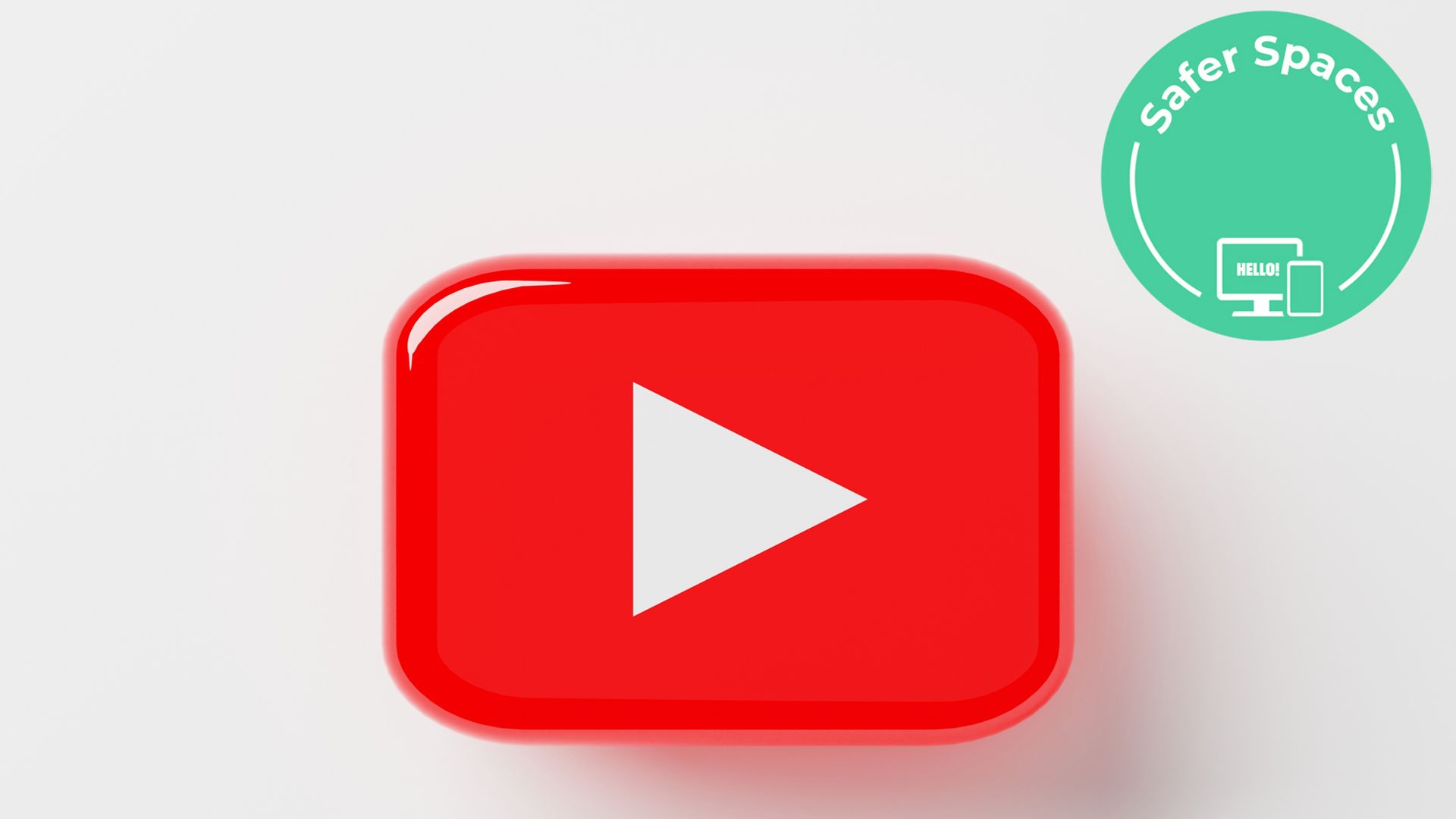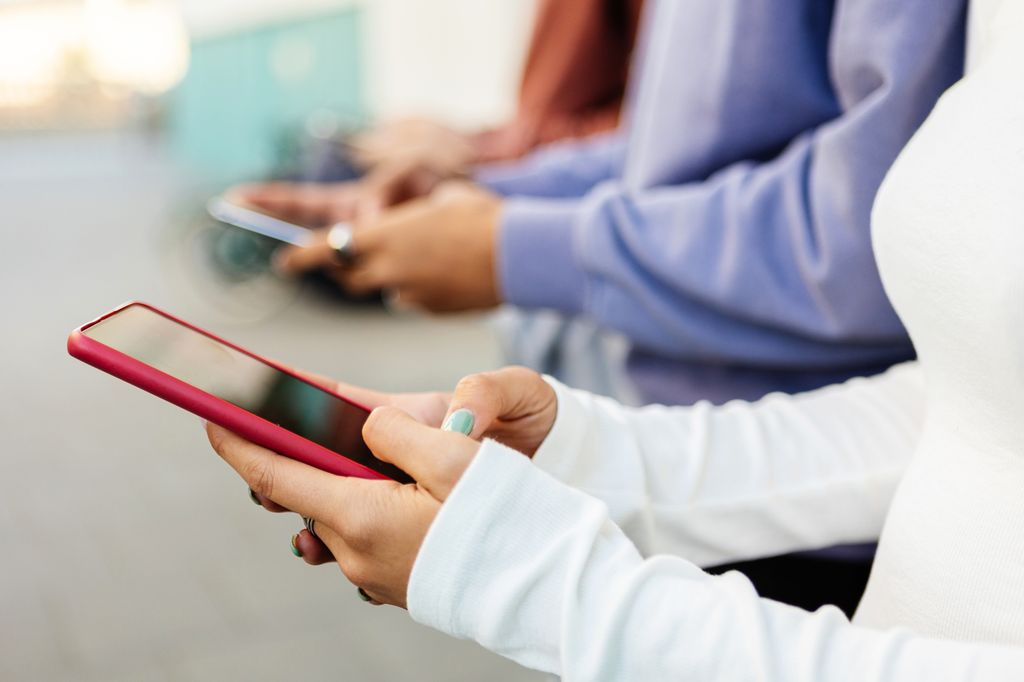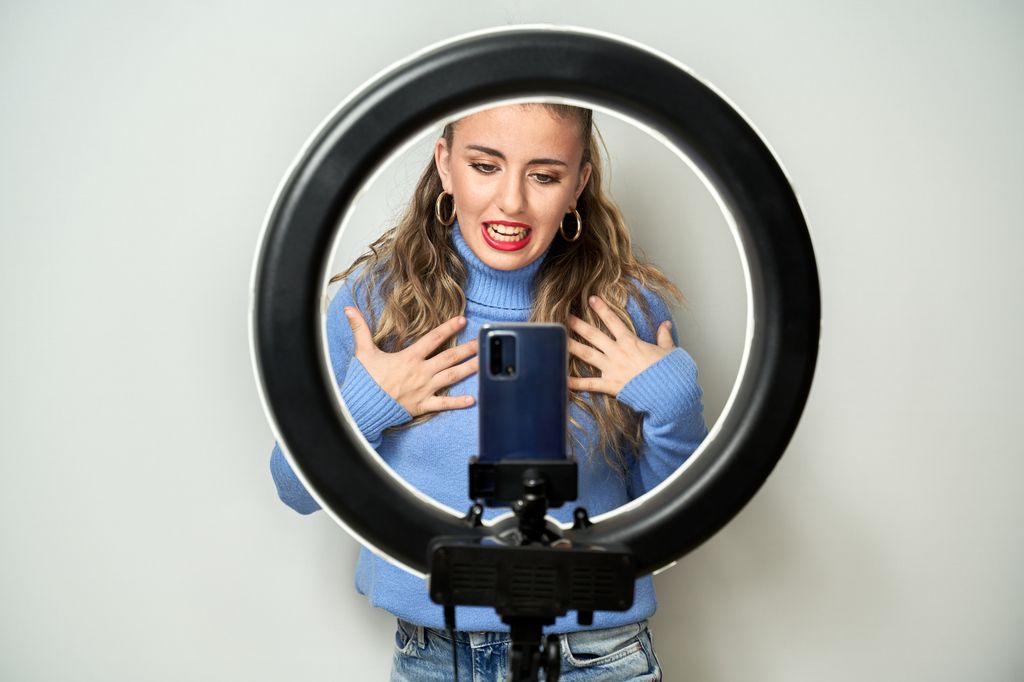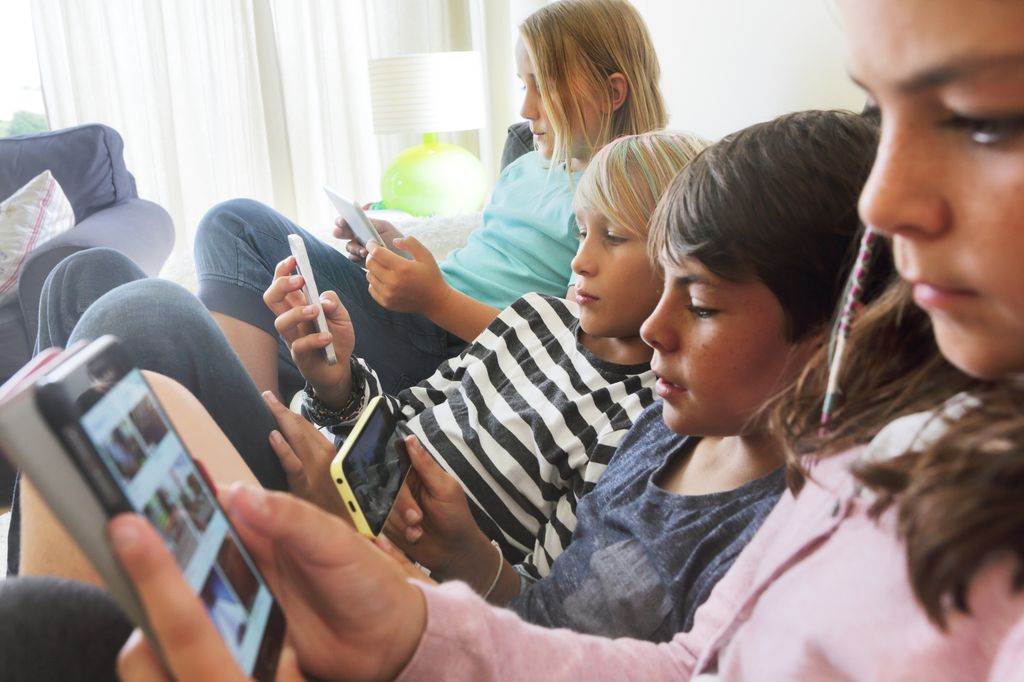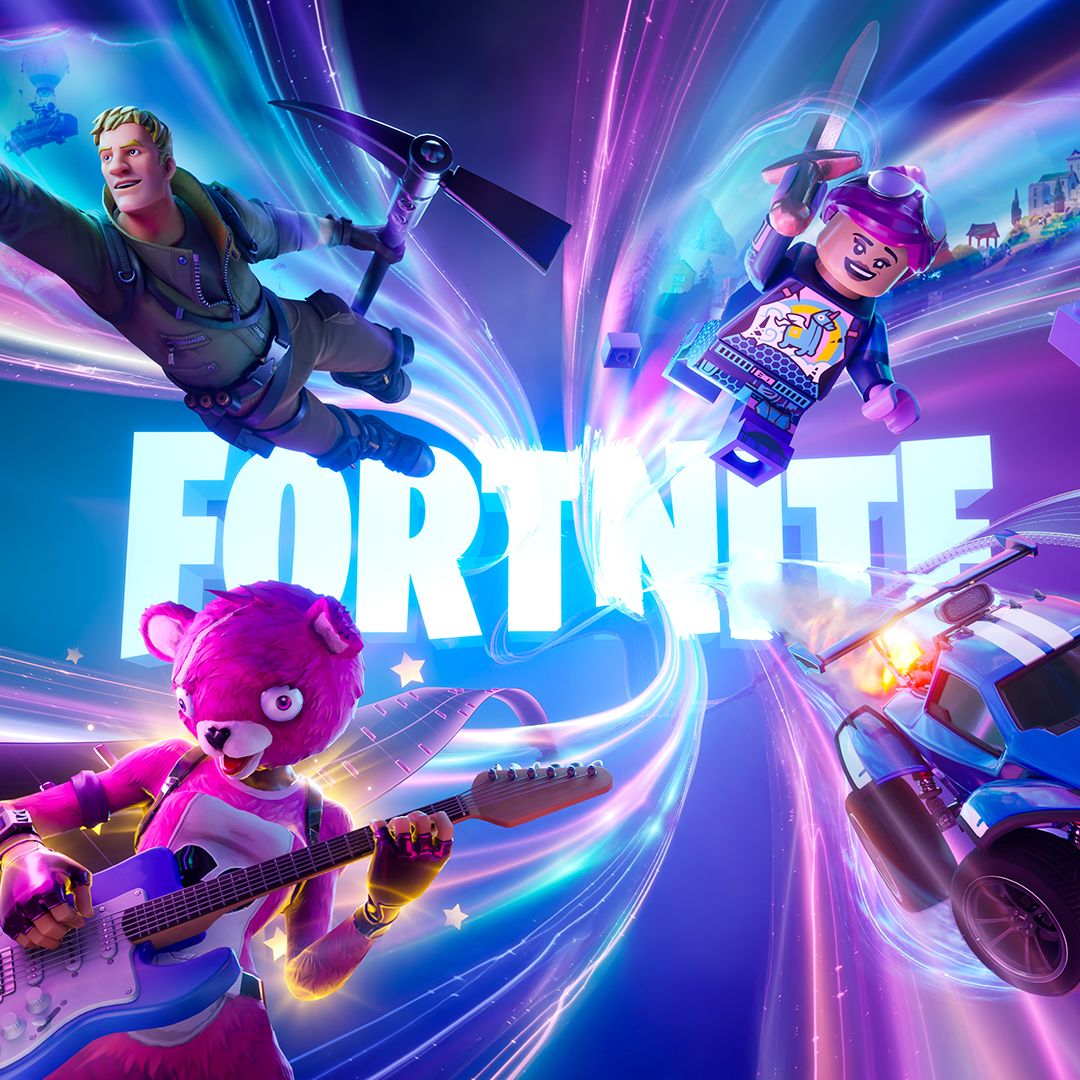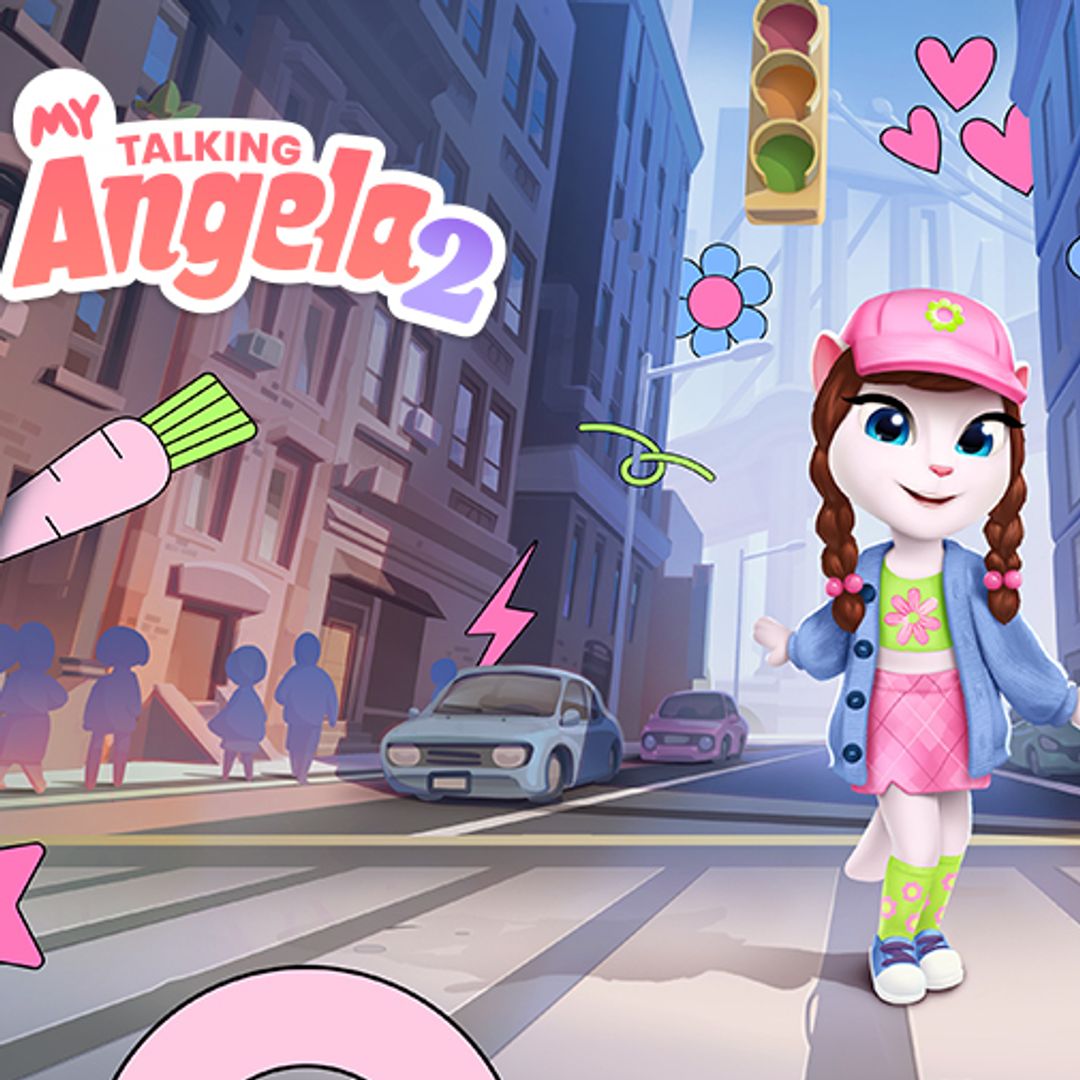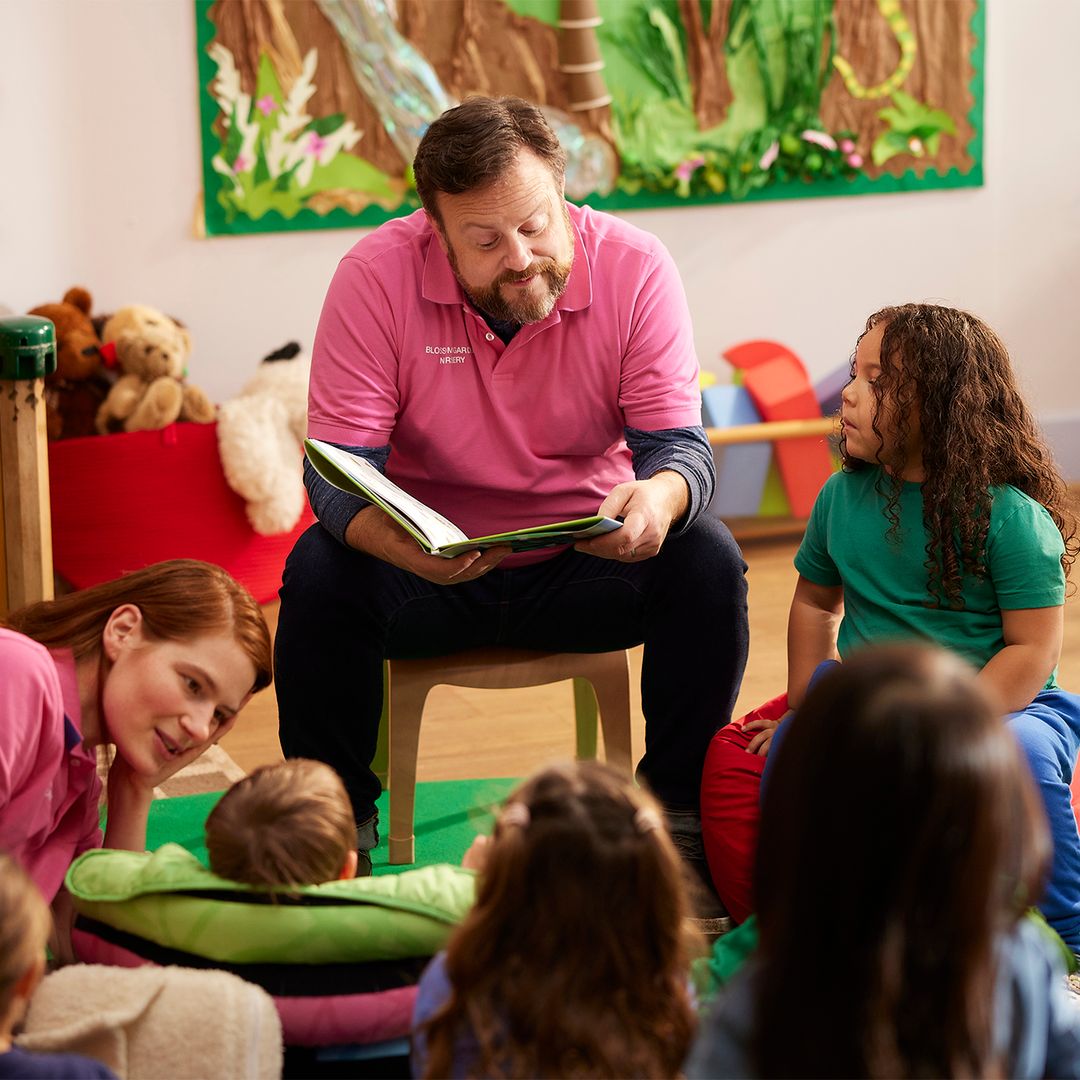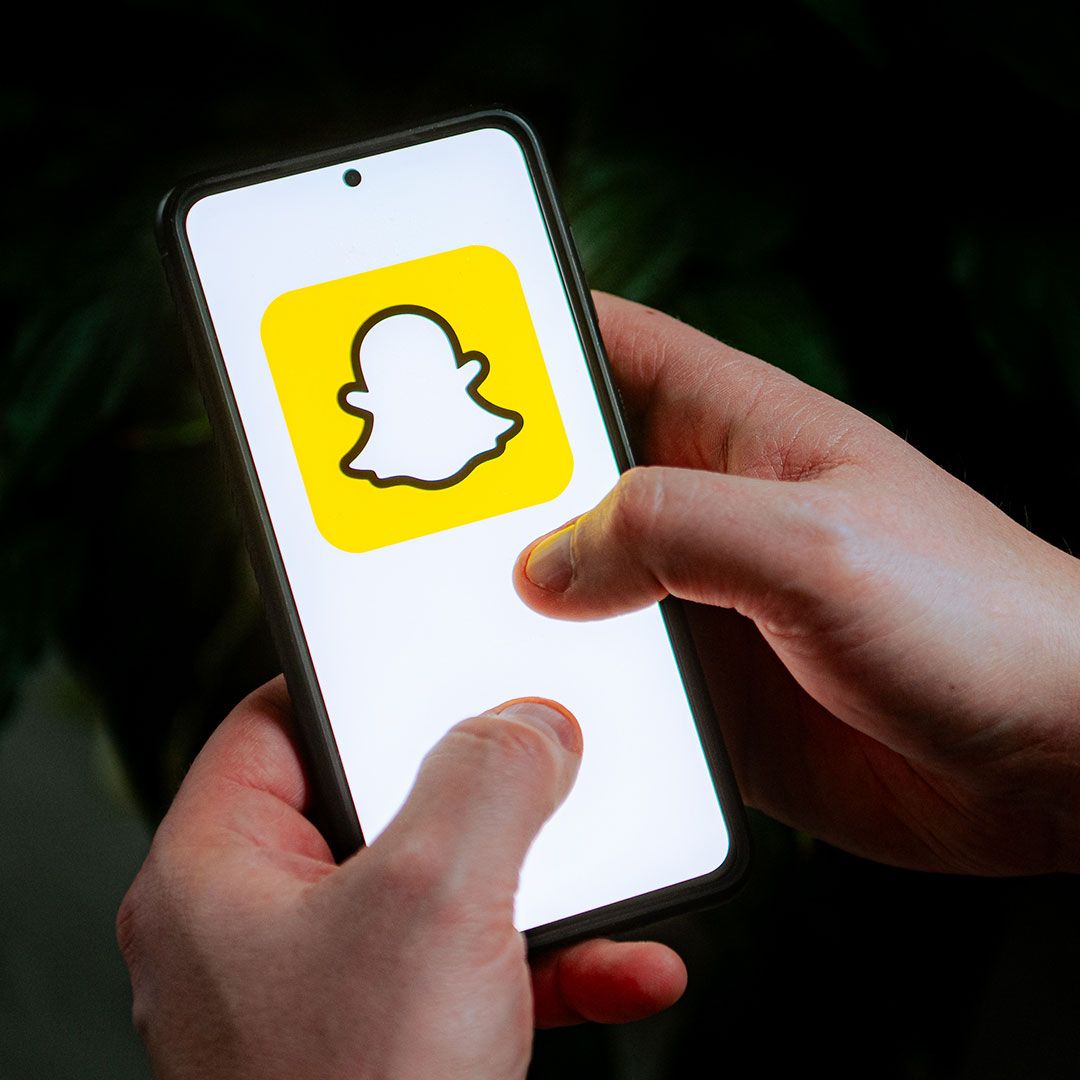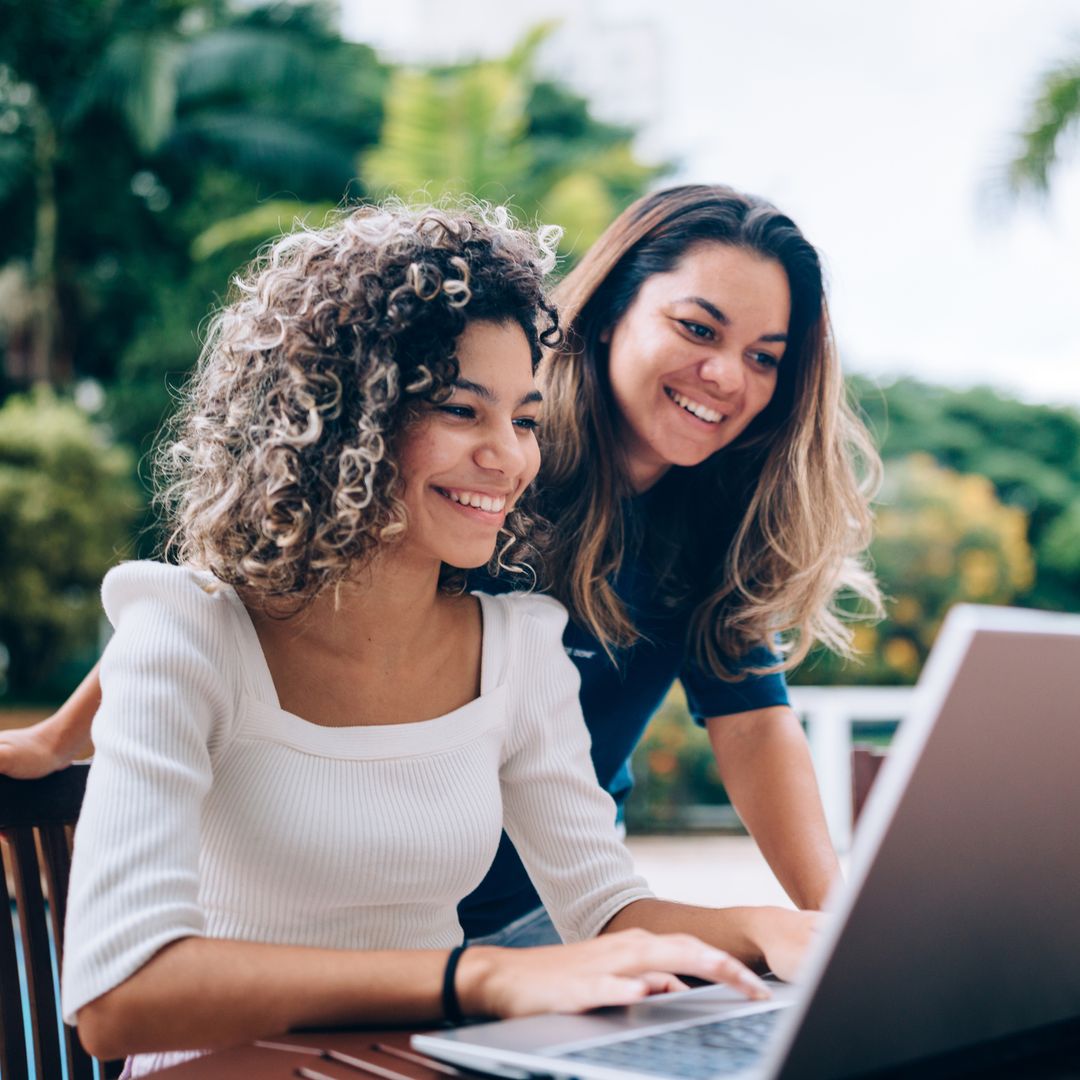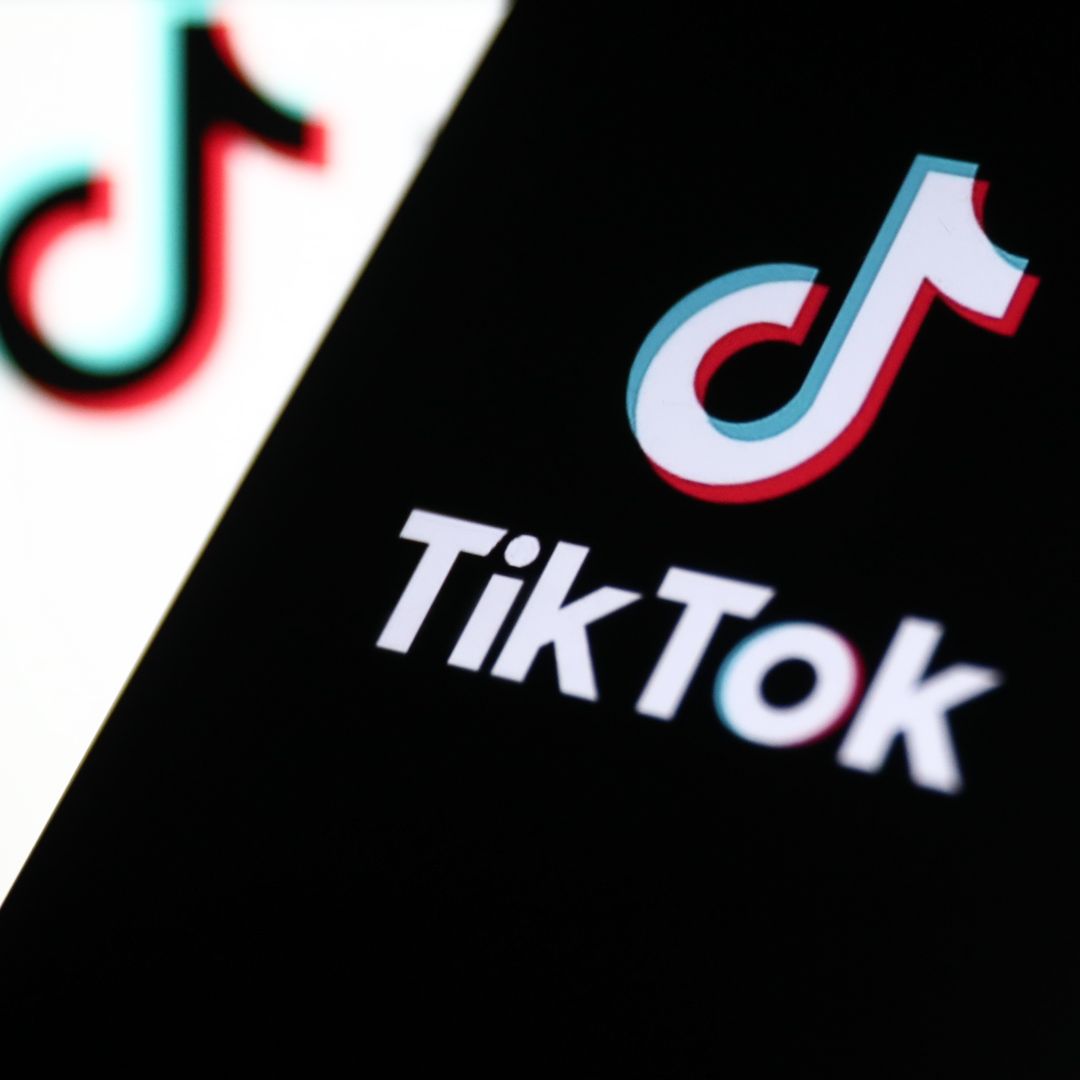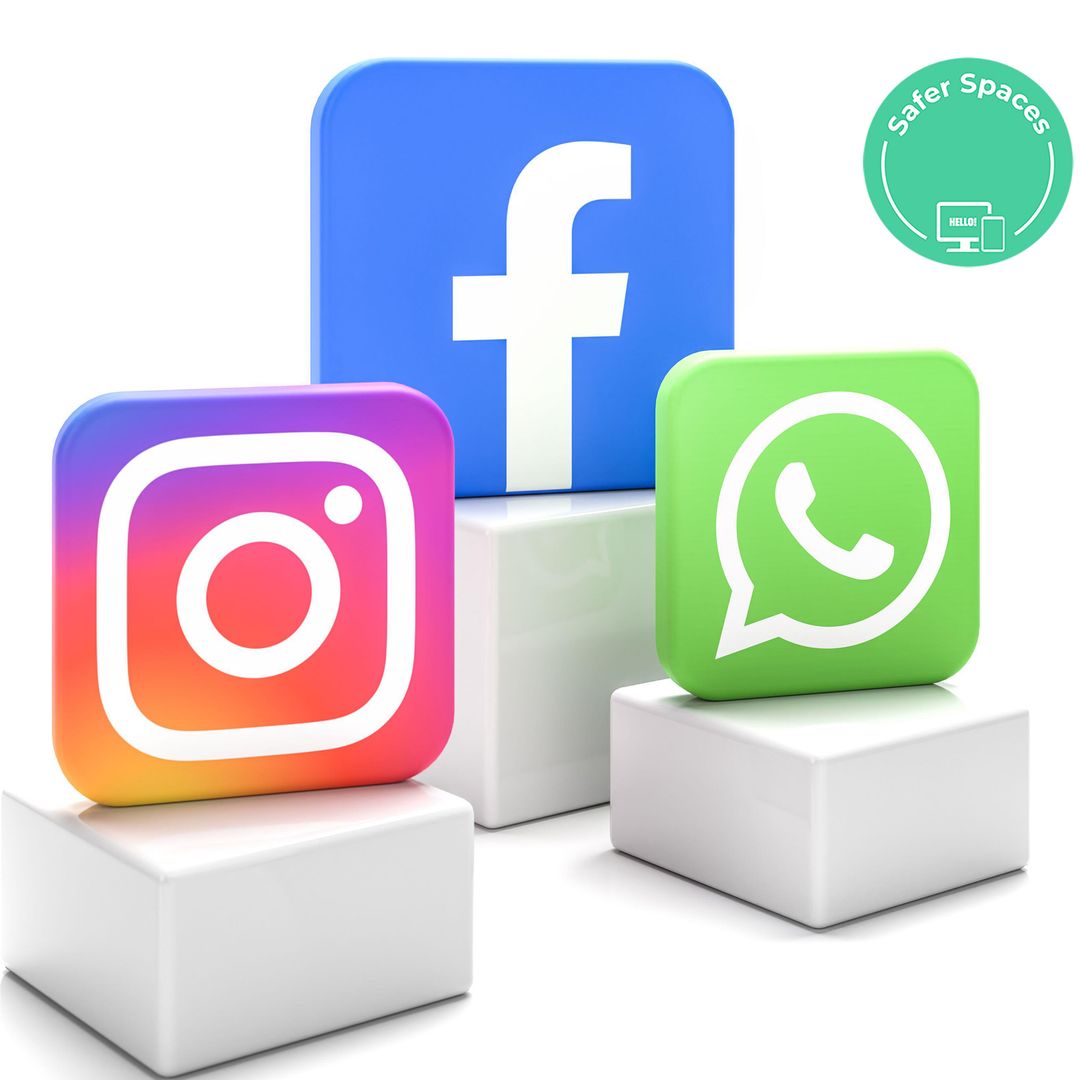YouTube and YouTube Kids are among the most popular entertainment apps for children and teens today.
The video sharing site was launched in 2005 and is the second most visited website after Google, so it's no surprise that our children are fans too. YouTube tells HELLO! that their youth products, 'YouTube Kids' and 'supervised experiences', are used by 100M users each month.
However, just like all social media apps, YouTube connects our kids to the world, and parents want to know that their children are safe whilst using the app.
We asked YouTube to share advice on its safety features so we can be up to date and protect our children as best we can.
Read tips direct from YouTube below…
What are the benefits for teens of using your app?
Teens today can access a world of possibilities on YouTube. Whether it’s exploring important topics around the world or looking up a video to help with science homework, they’ve never known a reality without this world at their fingertips.
We’ve done a tremendous amount of work introducing digital wellbeing features and launching products for kids at any age - including the YouTube Kids app, Made for Kids content, and supervised experiences.
To help inform our products we partner with child development specialists to build age-appropriate experiences for kids and teens on YouTube, so that they can explore their interests and learn, while giving parents robust controls to customize the experience for their families.
What are the top three things that parents can do to keep their teens safe on YouTube?
Every family has a different approach to how they use technology, access the internet and set digital ground rules.
We’ve developed a number of age-appropriate experiences and products so that parents and families can make the right decisions for them.
We recommend parents get to know the different controls and options YouTube provides parents for safer experiences online and we have put together this helpful tips and tricks guide to help parents and families navigate online: youtube.com/intl/en-GB/myfamily/parentguide
Some of the key products and experiences you can use with your family are:
- The dedicated YouTube Kids app, which offers a safer and simpler experience for kids to explore, with tools for parents and caregivers to guide their journey. On YT Kids, parents can use a variety of features including a built-in timer that lets parents limit kids’ screen time and setting up Kid Profiles, with separate content settings, viewing preferences and recommendations.
- A supervised experience on YouTube that enables parents to manage content settings and features to provide a bespoke age-appropriate experience for tweens and teens. Parents can choose from three different content settings on YouTube: Explore (content suitable for over 9s), Explore More (content for over 13s). Most of YouTube (except for not deemed suitable for under 18s). Parents can also manage watch and search history from within their child’s account settings.
- The YouTube MyFamily page is also a source of information and guidance on the tools, settings and controls available. Parents and caregivers can also sign up to receive the latest information and guidance through our YT Kids newsletter to help support their childrens' online experience.
- Separately, our Be internet citizens is aimed at young teens and taught by teachers as a workshop at schools with a variety of curriculum topics. It is designed to teach them about media literacy and digital citizenship, encouraging them to have a positive voice online.
What daily screen time or limit does YouTube recommend for teens on the app, in terms of keeping healthy mentally? Is there a feature that helps with this?
At YouTube, we know that it is crucial we help create a healthy experience for young people of all ages. Over the years, we’ve built a robust set of policies and services that protect our entire community and connect people to trusted sources, from combating the promotion of eating disorders and suicide to guarding against dangerous challenges.
We have launched a number of features to help manage young users’ time on YouTube, including setting a bedtime and take a break reminder, which lets you set a reminder to take a break while watching videos. You can set the reminder to appear at different times, including 15, 30 and 60 minute intervals.
Separately, we have launched a new pre-results page as part of our Crisis Resource that provides an additional moment of pause when users search for topics related to suicide, self-harm, or eating disorders. It is full screen, prominently features crisis hotline resources, and offers redirected search queries like 'grounding exercises'.
What should a parent or teen do if they come across harmful content on YouTube?
YouTube has long-standing policies to protect the YouTube community from harmful content. We’ve developed and continue to evolve technologies and robust policies to tackle this type of content, working closely with industry, community groups and the Government.
This work has focused on a couple of pillars: removing violative content, raising up authoritative content, and reducing the spread of borderline content.
We encourage users to flag individual videos they believe violates YouTube’s Community Guidelines using our flagging feature to submit content for review.
They can also contact us about inappropriate comments using the Help & Safety Tool so we can review and remove anything that breaks the rules.
How does YouTube handle bullying or offensive posts in its comments sections? How can parents and teens report this if they see it?
Harassment and cyberbullying are not allowed on YouTube, and we have clear policies that prohibit content targeting an individual with prolonged or malicious insults or threats based on certain attributes, such as a protected group status or physical traits.
YouTube’s Guidelines apply to comments as well as videos and we remove comments that violate our community guidelines.
Anyone can flag a comment and we give people multiple ways to report and manage comments on the site. We also have robust tools that empower creators and video uploaders to efficiently manage comments on videos they post.
We hold potentially inappropriate comments for review, so the creator can choose whether a comment is appropriate on a video they’ve uploaded.
Uploaders can also choose to filter out specific words, specific users, or grant moderation privileges to other users. Finally, a Creator can choose to disable comments on their videos altogether.
Users can flag inappropriate comments on their own videos or someone else’s using the Help & Safety Tool.
How is online grooming being prevented and tackled on your app?
YouTube heavily invests in the technology and teams that help provide kids and families the best protection possible. No form of content that endangers minors is acceptable at YouTube, and we are dedicated to stopping the spread of online child exploitation videos.
In this spirit, we believe our commitment to the fight means making innovative technology available across the industry, including technology companies and NGOs.
- CSAI Match is YouTube’s proprietary technology for combating CSAI (Child Sexual Abuse Imagery) content online. This technology allows us to identify known CSAI content amongst all of the non-harmful content. When a match of CSAI content is found, it is then flagged to partners to responsibly report in accordance with local laws and regulations.
- YouTube has a strong record of successfully fighting child sexual exploitation on our platforms. In H1 2023, we reported over 213,000 pieces of content to NCMEC and submitted over 163,000 CyberTipline reports to NCMEC.
- We encourage user flags and invite specialist NGOs to flag content to us via our Priority Flagger program. This program includes a number of child safety focused NGOs.
- Our child safety policy expressly prohibits “sexually explicit content featuring minors and content that sexually exploits minors.”
- We share that uploaders should consider, “before posting videos of yourself, your family, or friends, think carefully about whether it may put anyone at risk of negative attention.”
- We restrict live features, disable comments and limit recommendations of videos that could expose minors to predatory attention. We continue to invest in improving technology to apply these protections at scale.
The online safety bill has been passed asking tech platforms to verify the ages of young people and to remove harmful content. How is YouTube working on this?
We support the Online Safety Act’s objectives to keep people safer online while protecting their freedom of expression and privacy.
Our users’ safety is our number one priority and we haven’t waited for legislation to act. Over several years, we have developed and continue to improve new products, policies and processes to tackle harmful content, working closely with industry, community groups and the Government.
We look forward to working with our new regulator Ofcom to continue to drive up standards across the sector.
